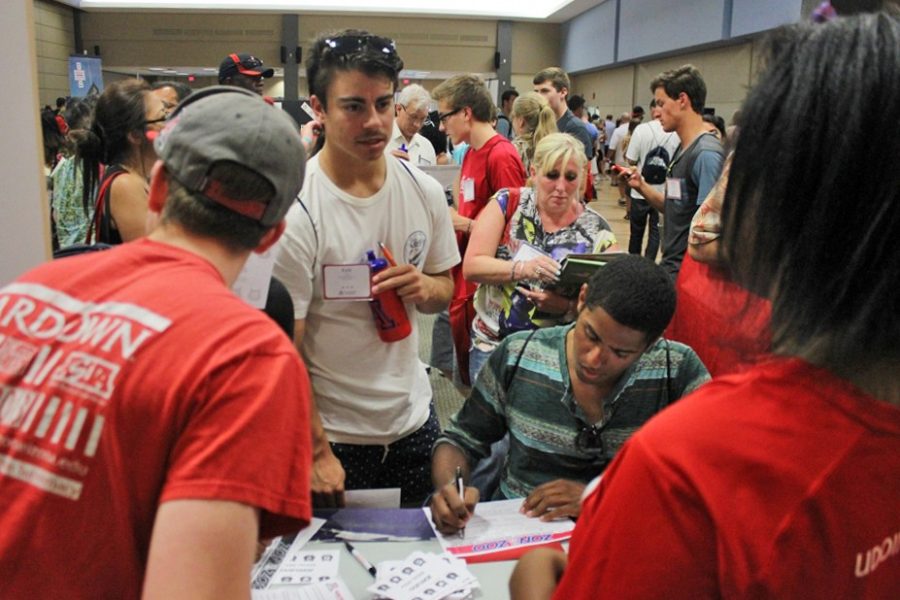Following the conclusion of each academic year and the subsequent arrival of freshmen to universities across the country, each incoming class is given a well-prepared speech on the opportunities and potential offered by their university’s unique experience.
The campus is wide open, and each schedule is tailor made by the student to best support their goals. This has developed an atmosphere of creative liberty that is impossible not to become enamored with.
Yet behind this beautiful image of freedom and transition exists a dark reality. The U.S. Census and American College Testing Program found that in 2008 almost 34 percent of incoming freshmen dropped out as a consequence of feeling overwhelmed or overconfident.
If college is a self-driven and creatively open experience, then what is causing students to struggle as they try to fit into their new environment?
To understand what troubles freshmen, and by extension all students in college who are experiencing difficulty transitioning from k-12 into secondary education, then it becomes necessary to understand what pre-college education has become.
More than anything, high school has for decades been an environment where tools are given to students with the understanding that they would later use those tools either during employment or secondary education. For example, high school students are drilled on theorems, facts and dates but they’re taught to memorize rather than to think.
RELATED: Column: Out-of-state students conclude long journey
Only tangentially are students given the opportunity to self-direct or think independently from standardized tests or textbooks that govern what must be taught, and thus, what must be engraved in each student’s mind before they can graduate. While this may build a foundation for critical thought and educate the student about some elements of the world around them, if students are only told what to think and never how to think, they will find themselves completely lost upon graduating.
If high school is orderly and structured, then college is organized chaos. Students accustomed to standard 9 a.m. to 3:30 p.m. schedules will be surprised to land themselves some days without classes and others that run until 6 p.m. Courses that were lecture heavy in high school now come with significant discussion sections, and students are given more disjointed and randomly structured assignments that require higher level comprehension that was not previously encouraged.
Students who take college level courses in high school may find themselves much better prepared for college. Those students who don’t can quickly become overwhelmed and lost if not adequately prepared by their teachers — teachers preoccupied and overloaded with the stress of meeting state and federal standards.
Now that the success of a school is tied to its test scores rather than the success of its graduates, students head to universities across the country with inadequate preparation, possessing knowledge of standards that will prove far less helpful now that SATs and ACTs have no further purpose.
Rather than radically restructuring the format of high schools, courses should be more dedicated to promoting critical thinking. This way the creative and free-form world of secondary education will no longer be so foreign or overwhelming to students who have been told to ignore everything except the answers to potential test questions.
RELATED: To my fellow introverts, don’t fear small talk
In addition, students should also be allowed to self-direct their education more than they are currently allowed. With more options for electives and core classes, rather than the standard one-size-fits-all schedule across the United States, new students entering the university will be more confident having already planned a more variable course schedule.
High schools must step up to the plate to better prepare students for the incredible change in pace and style in use at American universities.
While test scores and graduation rates are integral and helpful for tracking weaknesses and strengths within institutions, ultimately the most important goal of any school is to make sure that every student is capable of leaving with the tools they need to succeed. If high schools cannot assist their graduates in bridging the gap between primary education and whatever will come after, then they have failed in their most important task.
Follow Alec Scott on Twitter









